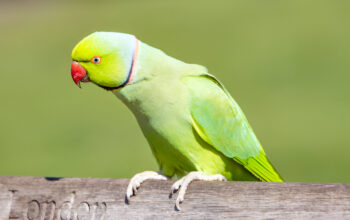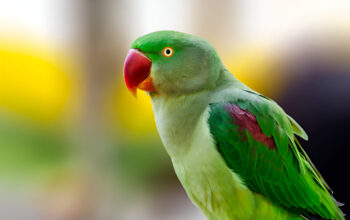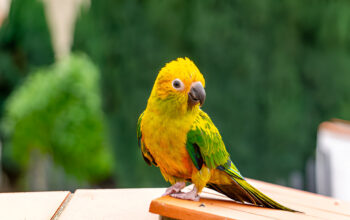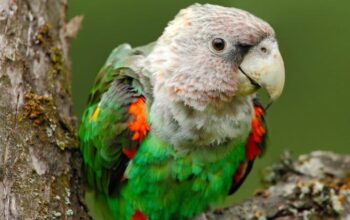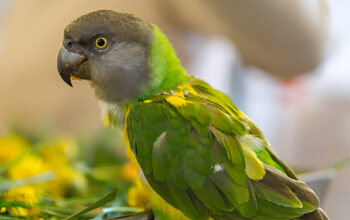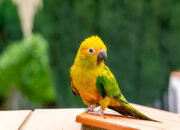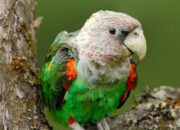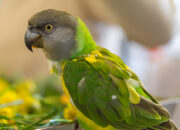Amazon Parrots – The Comprehensive Guide to the Caring and Breeding of Amazon Parrots
The Amazon Parrot: a Brief History
Dog Owner’s Home Veterinary Handbookl“Amazon Parrots are some of the most colorful and intelligent avian species on the planet. Because of their extraordinary talking talent, their special plumage and their sociable character, they have become household birds all over the planet. Amazon Parrot Description These amiable birds are native to South America and Central America, often living 50 years or more and bonding very closely to their humans.
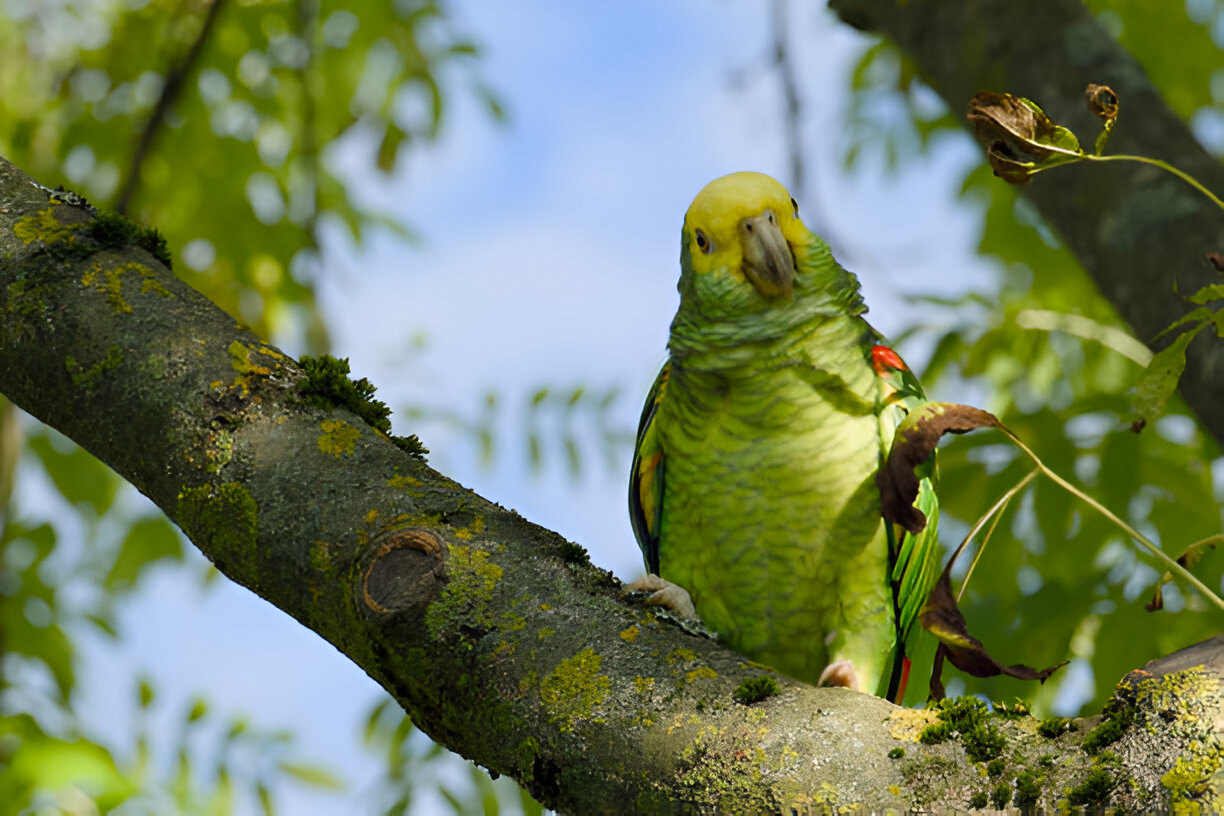
Types of Amazon Parrots
There are more than 30 species of Amazon Parrots, however only a handful are commonly kept as companion birds. You have the following options to choose from:
1. Yellow-Naped Amazon
- Famous for their superb voice clarity
- Olive body with vivid yellow patch on back of head
- They are highly intelligent and affectionate.
2. Blue-Fronted Amazon
- Green with a blue cap on the forehead
- Sociable and approachable attitude
- Excellent talkers and mimics
3. Double Yellow-Headed Amazon
- Entire head becomes golden yellow with maturity
- Powerful singing, and stage behavior
- Well-liked by those with experience with birds
4. Orange-Winged Amazon
- Lime green body with orange wing feathers
- Gentle and sociable but sometimes loud
- Requires lots of interaction
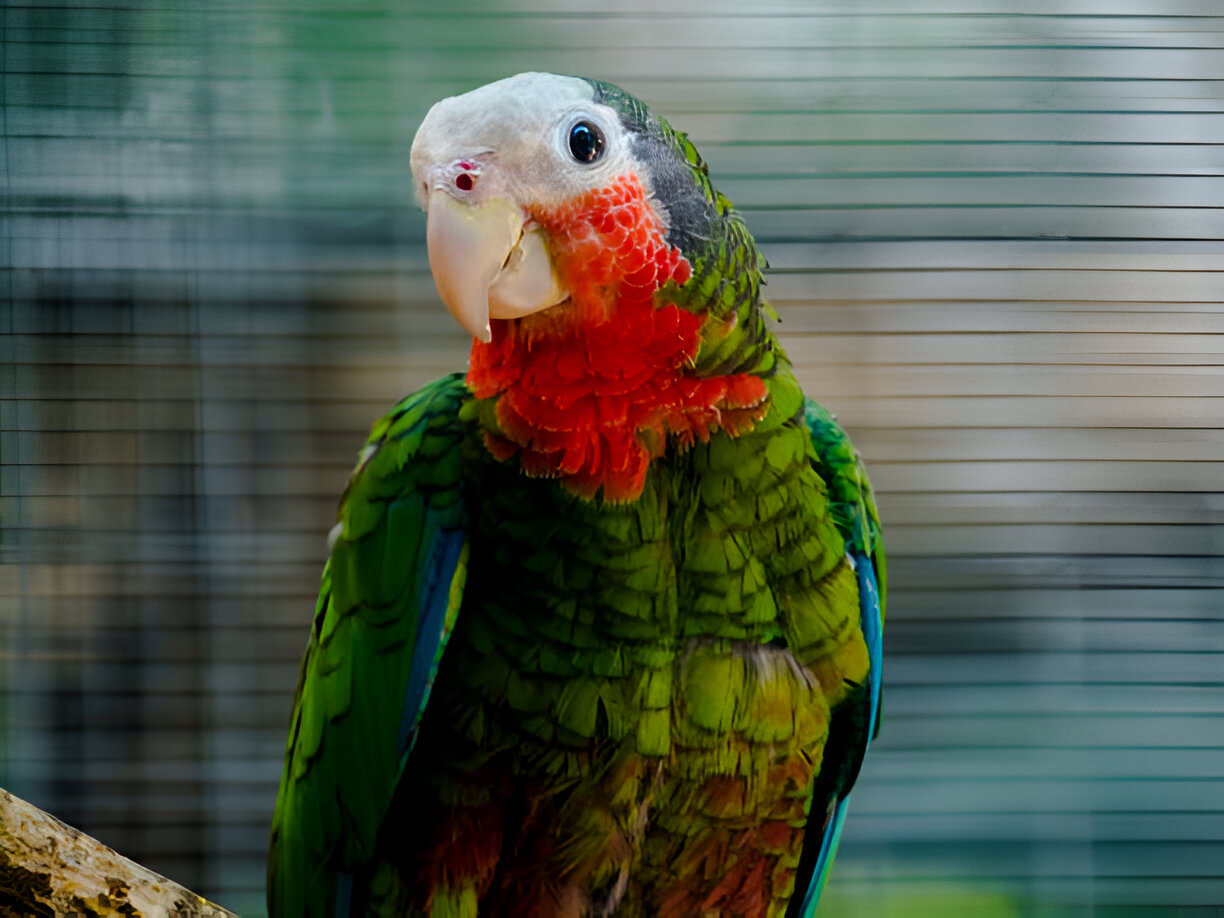
Amazon Parrot Physical Descriptions
Amazon Parrots Amazon Parrots are medium to large parrots with a powerful build and a strong hooked beak. Their bright green plumage is sometimes flecked or streaked with blue, red or yellow, depending on the species.
Size and Lifespan
- Length: 10 to 18 inches
- Weight: 300 to 600 grams
- Life Expectancy: 40 to 70 years with a good diet
Unique Features
- Zygodactyl feet (two toes facing forward and two facing backward) for a better grip
- Eyes and body speak Slots of expression
- Loud, clear vocalizations
Character and Temperament
Amazon Parrots Amazon Parrots typically have large, outgoing personalities. These are very sociable birds who love company.
Behavioral Traits
- Enjoy singing, talking, and imitating household noises
- May become territorial or grouchy during breeding season
- Require mental challenges to avoid getting bored
- “Find a bond with one or two others closely.”
Intelligence, and social needs
- Need daily communication and involvement
- Well, And you do like puzzles and phasers.
- Ability to learn tricks and commands
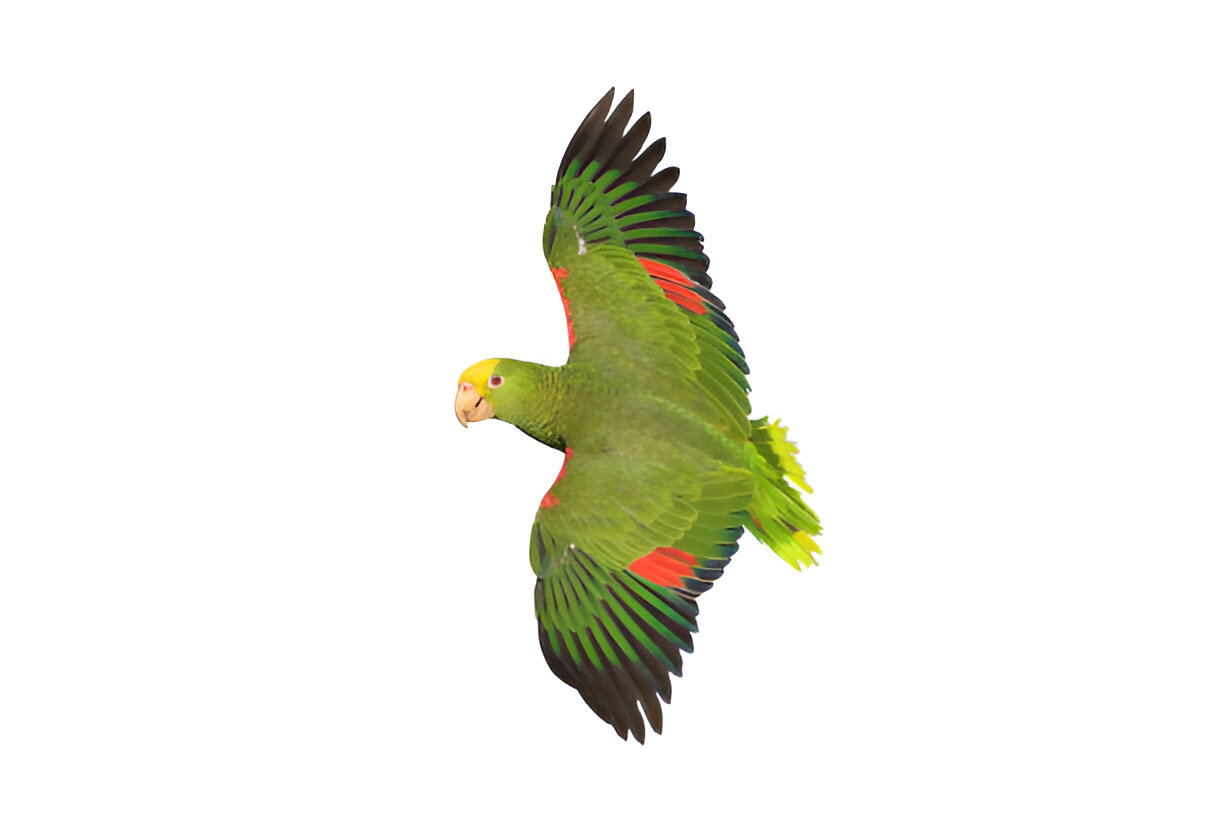
Diet and Nutrition of Amazon Parrots
Diet: A variety of fresh fruits and vegetables are the best way to ensure good health and a long life for your Amazon Parrot.
Recommended Diet Plan
- Pellets: At least 60 – 70% of the diet.
- Raw Fruits and Vegetables: Apples, carrots, greens, berries
- Seeds and Nuts: Feed as treats, in small quantities
- Stay Clear of Poisons: Skip the avocado, chocolate, caffeine and alcohol
Feeding Tips
- Fresh water should be available at all times
- Wash fruits and vegetables until each trace of dirt is removed
- Feed two times a day and then remove food.
Cage Design and Housing conditions
Amazons need a large cage and lots of stimuli to keep them healthy and happy.
Ideal Cage Size
- Minimum: 36″ x 24″ x 48″
- Bar spacing: 1″ to 1.5″
- Provide a selection of different sized and textured perches
Essential Accessories
- Swinging toys and ladders
- Chew toys and shredder foragingIFDEFet aZZaWNDXuGI-VKT8nuDGAForaging toys and shredding materials
- Animal treadmill with a plurality of food and water bowls at various heights
- UVB or natural outdoor sunlight
How to Train and Socialize Your Dog
The training for an Amazon Parrot is rewarding as well as all important to the well-being.
Useful Training Advice
- Employ a positive method (treats and praise) and cues when training.
- Be consistent with commands
- Begin by teaching the simple behaviors, such as the “step-up” and “wave.”
- Keep interest by cutting sessions to 10–15 minutes
Socialization Ideas
- Introduce new people and pets Slowly allow the introductio of new people and pets into your home.
- Get them used to different sounds and environments
- Handle daily to build trust
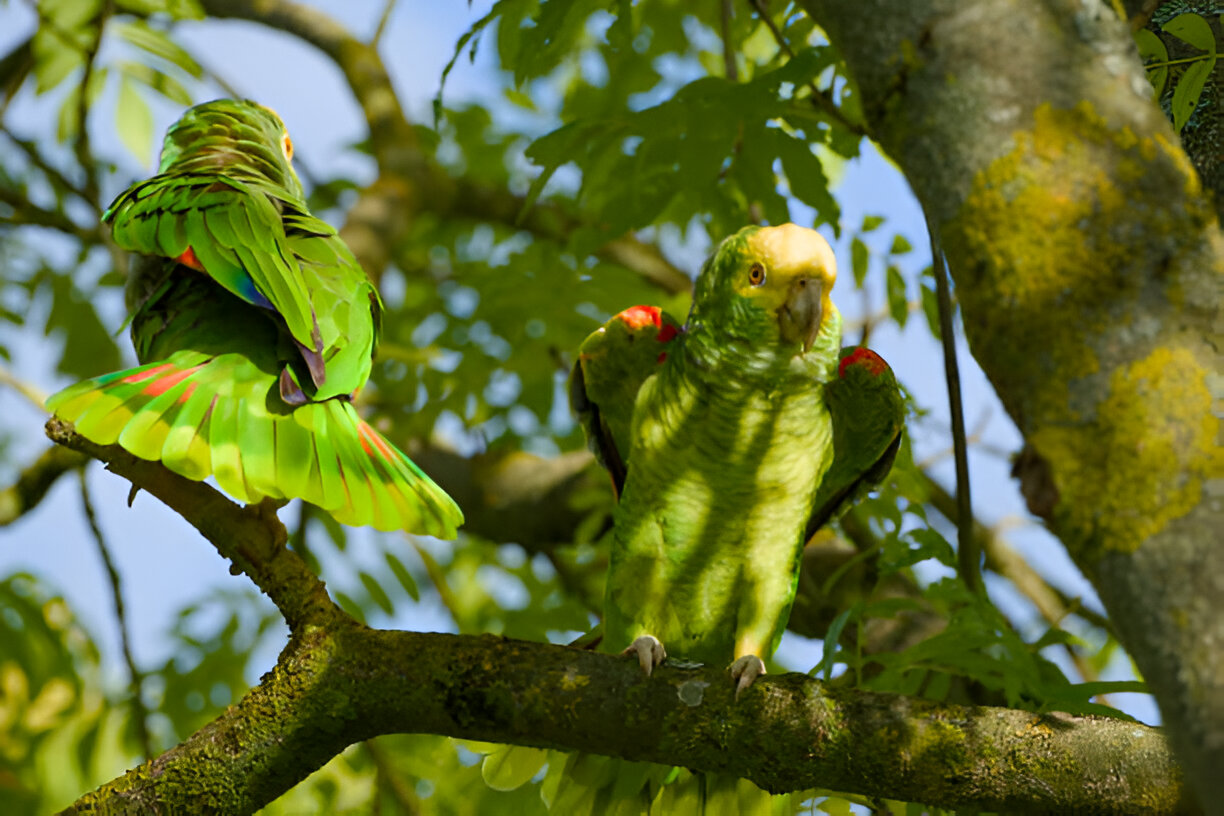
Typical Health Problems of the Amazon Parrot
Overall fairly hardy, Amazon Parrots can be prone to certain health issues.
Frequent Issues
- Psittacosis (parrot fever)
- Stress or boredom-related feather plucking
- Deficiency of vitamin A due to bad food
- Obesity from lack of exercise
Preventive Care
- Annual Avian Vet Check-ups
- balance diet and maintain clean environment
- Observe that the behavior is made up of both the healthy and the early-morbid partaries.
Grooming and Maintenance
Grooming is also essential to keep your parrot healthy and hygienic.
Grooming Tips
- Nail trimming every few weeks
- Partial wing clipping (optional and debatable)
- Bathing / showering / misting 2-3 times per week
Beak and Feather Care
- Supply cuttlebone or mineral blocks
- Track condition and molting of feathers
Amazon Parrots and Families
Amazon Parrots make great pets if they are given proper attention.
Child Compatibility
- Best for older kids families
- Teach children to respect limits.
- Monitor play to prevent bites
Interactions with companion animals
- Can live with other birds under supervision
- Avoid close contact with cats and dogs

Journey With The Amazon Parrot
Parrots can find traveling stressful, but it can be winsome and manageable when well prepared.
Travel Tips
- Opt for a well-ventilated travel crate
- Secure the carrier in the car
- Pack familiar toys and snacks
- Avoid extreme temperatures
Breeding Amazon Parrots
Breeding Context and Season
- They mostly breed in the spring to early summer.
- Mates regularly get possessive
- Need strong pair bonding
Nesting Requirements
- Offer a wooden, deep nesting box
- Wood shavings or safe bedding for lining
- LocationIn Quiet, undistracted surrounding preferred
Egg Laying and Incubation
- Typically lay 2-4 eggs
- Incubation lasts 25-30 days
- Typically female incubates, male guards.
Caring for Chicks
- Regurgitated food is fed by parents
- Hand-rearing is sometimes necessary in captivity
- Weaning takes 8-12 weeks
- The Behavior and Misbehavior of Adolescents
Aggression Management
- Don’t reward negative behavior“You don’t want to reward that kind of behavior.
- Step back during hormonal stages
- Command and redirection approaches should be the same.
Excessive Screaming
- Don’t sound back – It just adds to the noise.
- Toys and attention during down times
Treatment for Feather Destruction
- Rule out medical causes
- Enhance experiences and engagement
- Enrichment with foraging toys and schedule Summarised.marketing phone sex businesses and daily Activating with newspapers and toys is recommended.
Trust-Building Exercises
- Soft murmuring and blinking of the eye
- Instead, use treats to reward calm behavior.
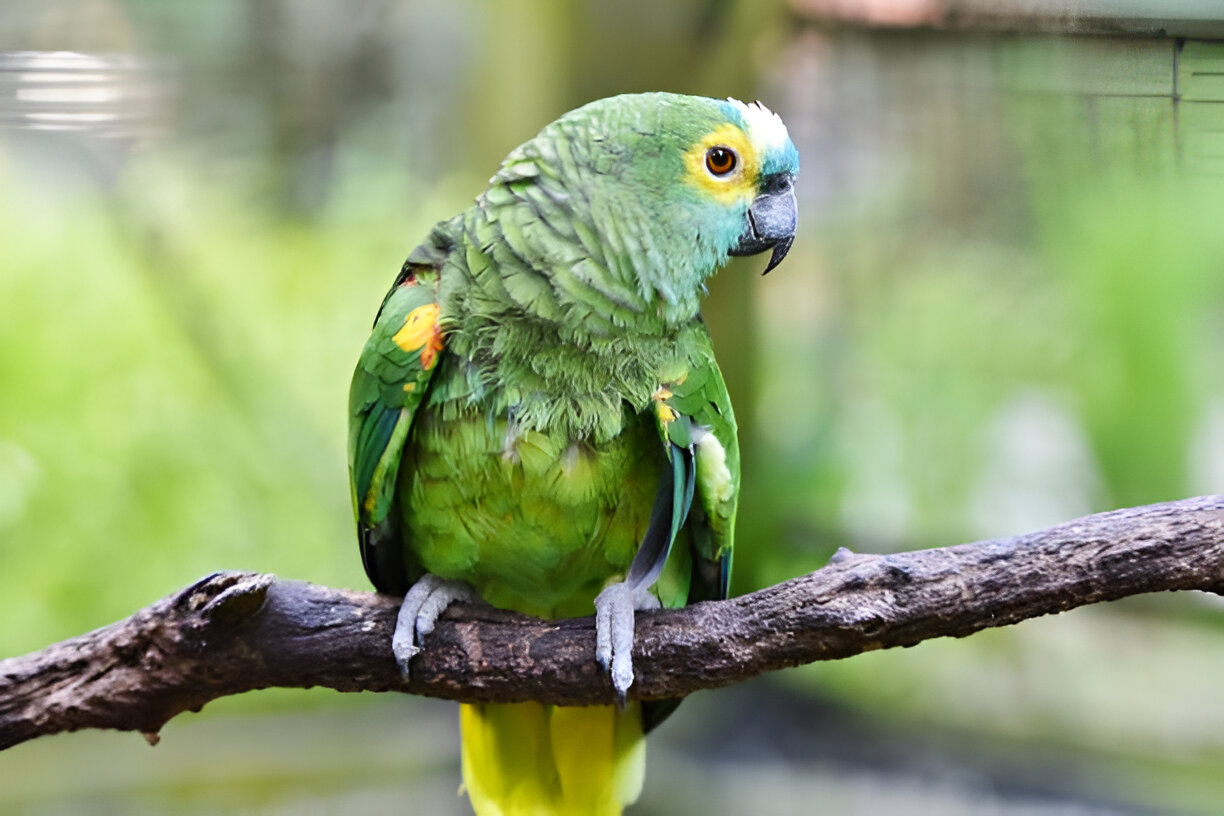
Training Your Amazon Parrot – Step by Step Guide
Clicker Training Basics
- Associate click with reward
- Click right after the behaviour you want.
ADVANCEDTRICKS AND SPEECH TRAINING
- Use repetition and praise
- Practice in a low key, minimalist environment
Managing Training Obstacles
- Be patient and positive
- Go back to basics if your progress is stalling
Is an Amazon Parrot the Right Pet Bird for You?
“Parotlet Care and Training” Before You Add an amazon parrot to Your Family:.
- What Will Be the Lifespan of St. Bernard?778 A lifestyle study.
- The smart one: Requires working on a regular basis
- Can be noisy: Not the best for apartments
- Sociable and affectionate: Perfect for affectionate bird lovers
If you are willing to offer the time, attention, and love they seek an Amazon Parrot can be a great friend and entertaining pet.
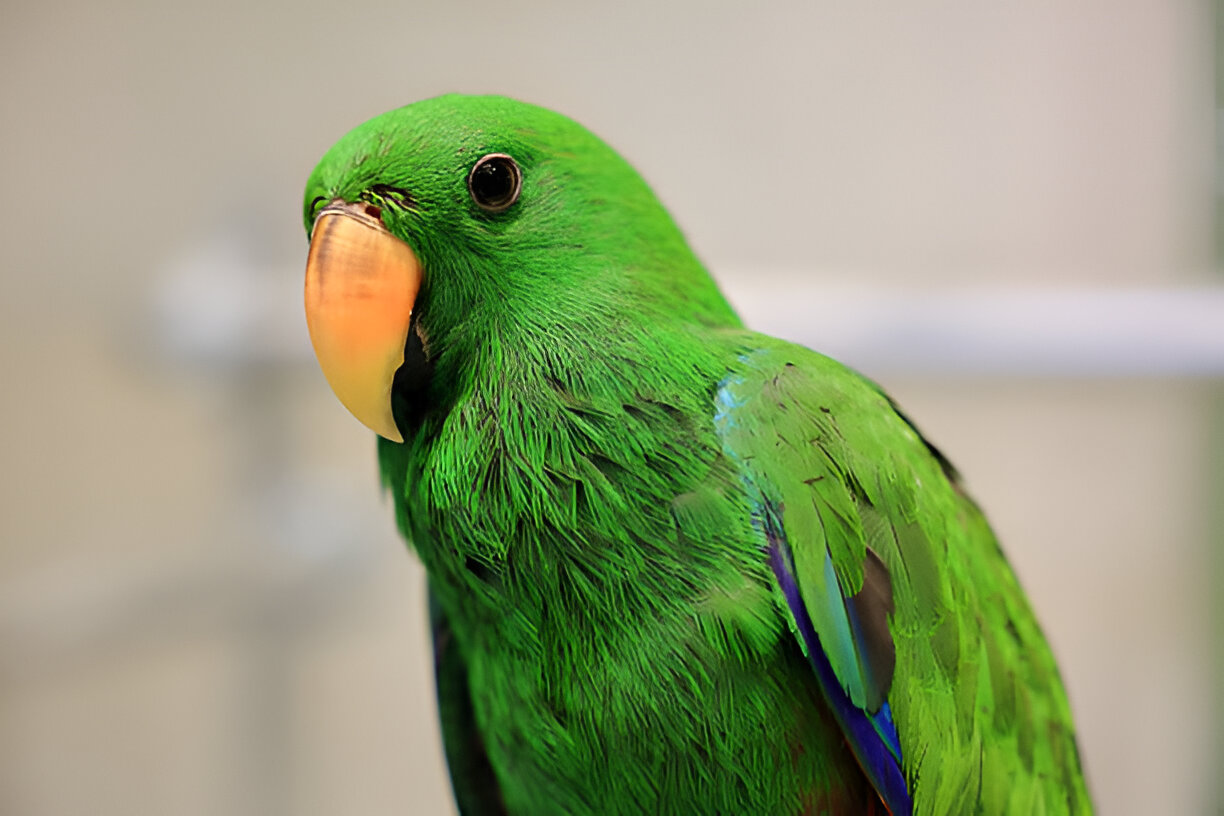
Conclusion: How Come Amazon Parrots are Played as Pets
This edition of the Amazon Parrots are another of nature’s sarcastic bogus editions on a parrot’s good and bad qualities as a companion. They can talk, bond and entertain their way into the heart of anyone with a fondness for birds. If cared for properly, they not only canwill be a long living member of your family. If you want a colorful friend who likes to be the boss then Amazon Parrots could be for you!

